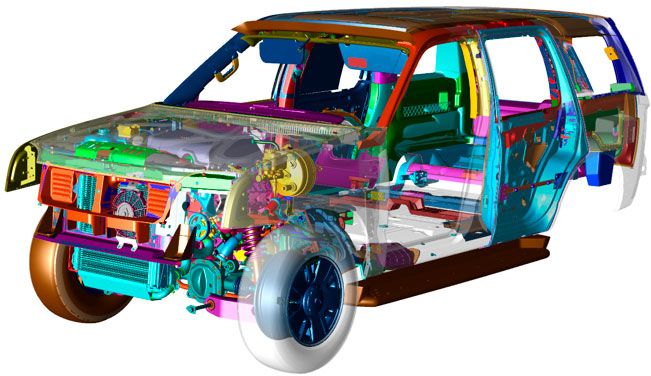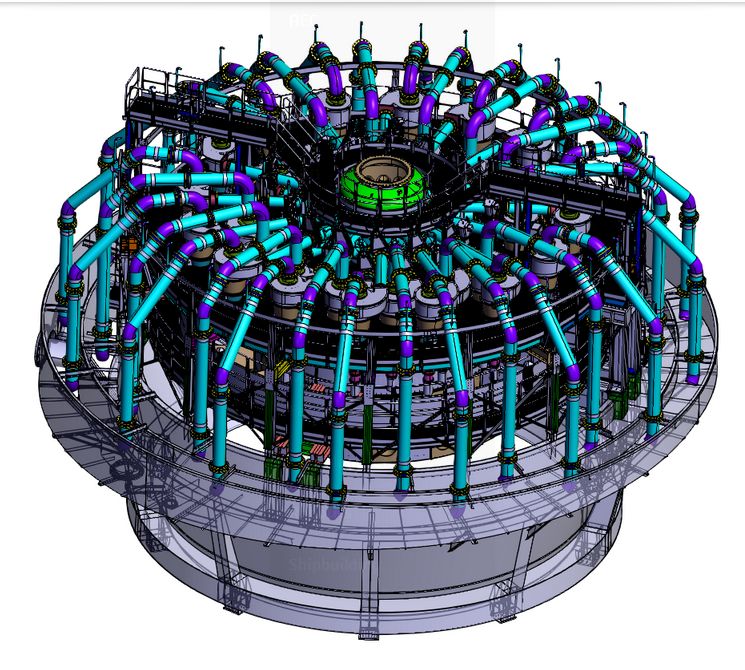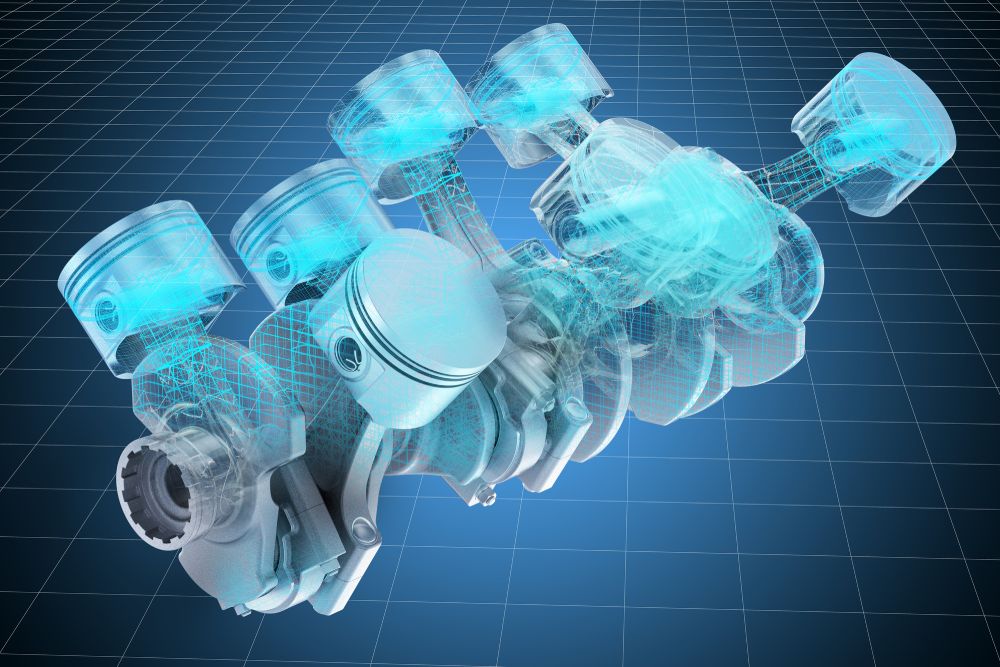With 3D visualization, you can bring products, characters, and buildings to life for engineers, artists, and designers. When you work with 3D visualization, you give depth and interactivity to objects in a variety of contexts.
From manufacturing, architectural design, and 3D architect visualizations to 3D product visualization in online retail, you can benefit from 3D visualization in many use cases. It’s no surprise that the global market value of 3D visualization and rendering software reached $1.48 billion in 2019, with a projected growth to $7.96 billion in 2027.
In this article, we’ll explore some of the most important ways you can use 3D visualization and go over the most popular 3D visualization software and 3D rendering software.
Then we’ll take a look at the next generation of 3D visualization tools—especially ones that use advanced graphics engines and 3D modeling SDKs to streamline processes for 3D designers.
Level Up Your Workflow With 3D Thinking
Develop products with a fraction of the prototypes with 3D visualization.
Contact Us
What is 3D Visualization?
3D visualization is the display of computer-generated 3D content created using 3D modeling software. You can allow users to customize a car in real-time, practice medical procedures, or view a product you may want to buy from every angle.
After being created, 3D content can be viewed on almost any platform, including PCs, mobile phones, tablets, web browsers, and virtual reality (VR) and augmented reality (AR) devices. In some cases, 3D visualized content is interactive, while other times, it may be rendered into video content or non-interactive website content.
Why Use 3D Visualization Tools?
Some of the benefits of 3D visualization include:
- Render visual model to better visualize objects and environments
- Expanding problem-solving capacity for real-world challenges
- Increasing information retention
- Increasing engagement for users
Many industries, including architecture and product development, take advantage of these benefits. 3D visualization has become an indispensable tool for many projects across many fields of human endeavor, offering an in-depth, interactive solution for building and developing ideas. Read on to learn about many of these applications below.

Where is 3D Visualization Used?
Thinking with 3D can be a time- and money-saving solution, allowing you to identify potential opportunities and problems as you look at a complete build in virtual space. Several industries benefit from 3D visualization, and below are just a few.
Media and Entertainment
3D artists and animators create 3D content and undertake 3D rendering of said content for most modern video games and all virtual reality environments. 3D visualization technology is used to create digital media for movies, TV shows, music videos, advertisements, and other media.
Architecture, Construction, and Planning
After designing buildings using CAD software, 3D architectural rendering in Building Information Modeling (BIM) is used by architects to render entire buildings in 3D to demo designs for clients and ensure all fixtures and infrastructure work together without clashing.
Similarly, interior designers use 3D visualization tools to design and show clients design ideas. These 3D elements can then be used as supplements for blueprints for construction firms and contractors.
3D visualization tools are also vital for planning plant operations and maintenance. The experience of teams such as servicing, operations, and logistics can be considered, during the 3D visualization process, to assess the efficiency and maintainability of the plant.
Andreas Locher, the global head of commissioning at GE, explains, "the services team is always a part of the constructability review meetings. They verify that their needs are considered in the right manner, and we look at 3D models as part of that."
Learn how 3D product visualization tools are revolutionizing design and planning: |
Education
3D visualization can enhance training in many fields of education, increasing engagement and information retention for students both in-class and in virtual environments. Examples include allowing faculty to create realistic training scenarios for medical students, pilots, and emergency workers and giving remote students access to immersive online classrooms.
Product Design and Manufacturing
Computer-Aided Design (CAD), Computer-Aided Manufacturing (CAM), and Computer-Aided Engineering (CAE) all use 3D product visualization.
Simulation Modeling Processes in these fields allow engineers and product designers to create prototypes of products and test them in virtual environments, demo them for stakeholders across devices or on the web, and make changes before using resources to physically develop them.
These are just a few of the ways thinking with 3D can potentially save you a lot of money. AR-guided assistance technologies can also help during production.
Next Generation 3D Visualization: HOOPS Visualize
The next generation of 3D visualization applications will be driven increasingly by streamlined SDKs and API toolkits that make integrating the latest 3D modeling and visualization technologies fast and easy.
One such tool is HOOPS Visualize, a graphics engine and 3D graphics SDK for the rapid development of applications, with capabilities for rendering highly detailed 3D models for interactive and non-interactive uses.
Features of HOOPS Visualize include:
- Engineering-centric visualization tools to make full use of available GPU hardware resources using optimized OpenGL or DirectX drivers
- Dealing easily with complex graphics entities, enabling flexible, hierarchical scene management and highly sophisticated interaction handling
- Thread-safe C# and C++ interfaces using internal multi-threading
- Multi-platform support, including Windows, macOS, Linux, Android, and iOS
- Viewing, interacting, and manipulating are optimized for ease of use, drastically reducing development time and enabling rapid selection, highlighting, and granular level scene editing
- And more
 As new tools such as HOOPS Visualize make 3D visualization and rendering easier to integrate into more applications, and as virtual worlds and the metaverse become more popular, so too will 3D visualization.
As new tools such as HOOPS Visualize make 3D visualization and rendering easier to integrate into more applications, and as virtual worlds and the metaverse become more popular, so too will 3D visualization.
With a 35-year track record of delivering robust 3D visualization and rendering solutions, Spatial is well-positioned to assist you in defining, designing, and implementing a 3D visualization solution that fits your needs.
Fully leverage 3D visualization for your enterprise, and get in touch with our experts.

